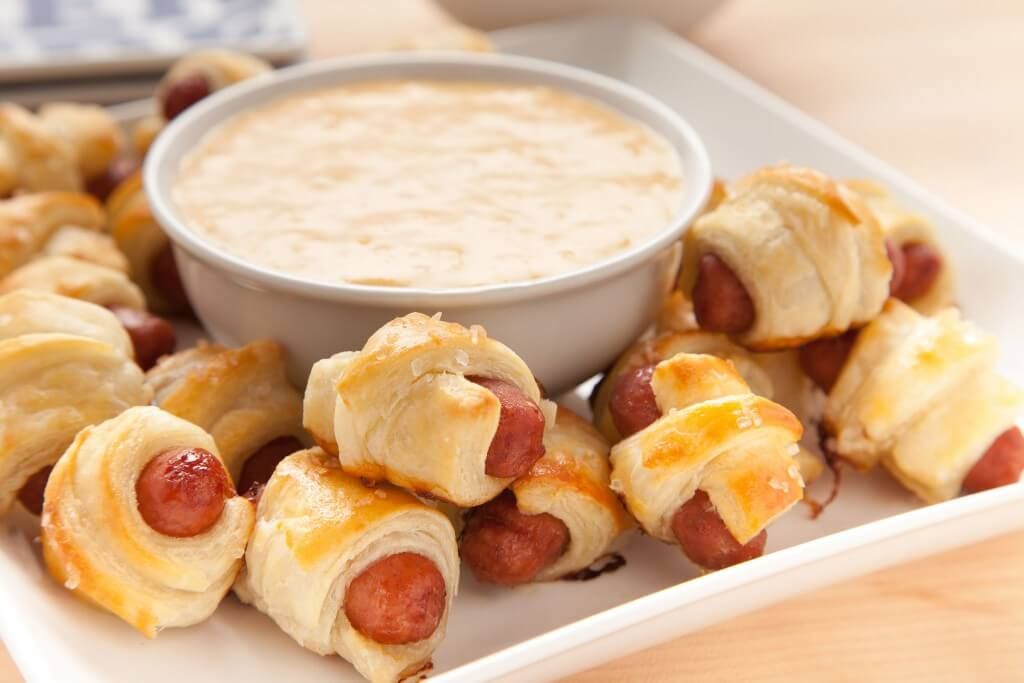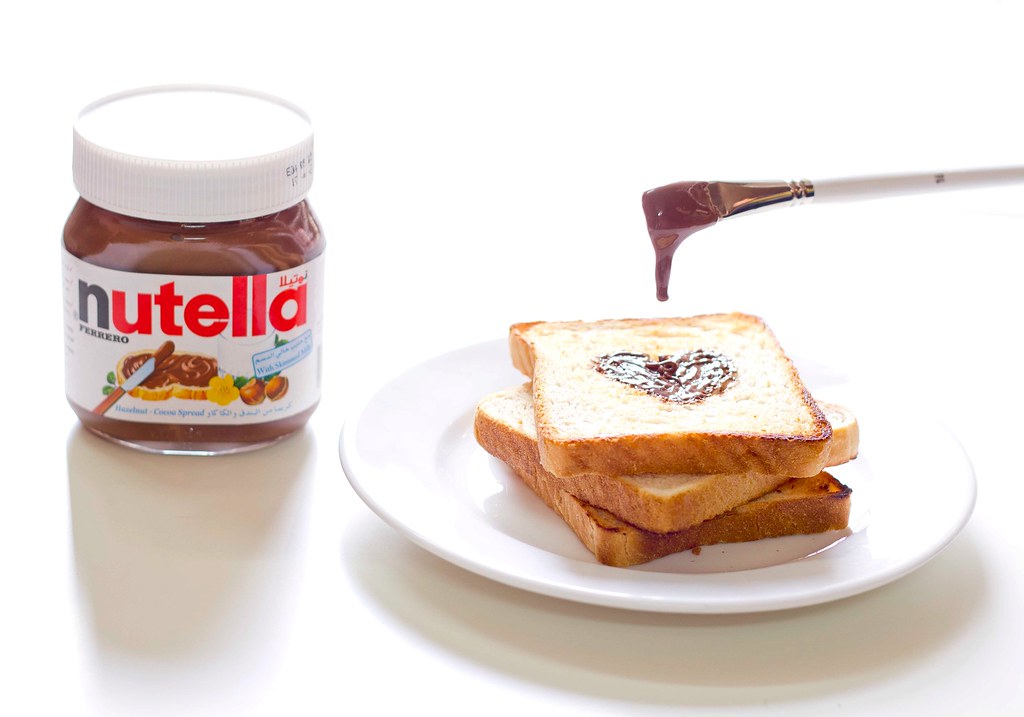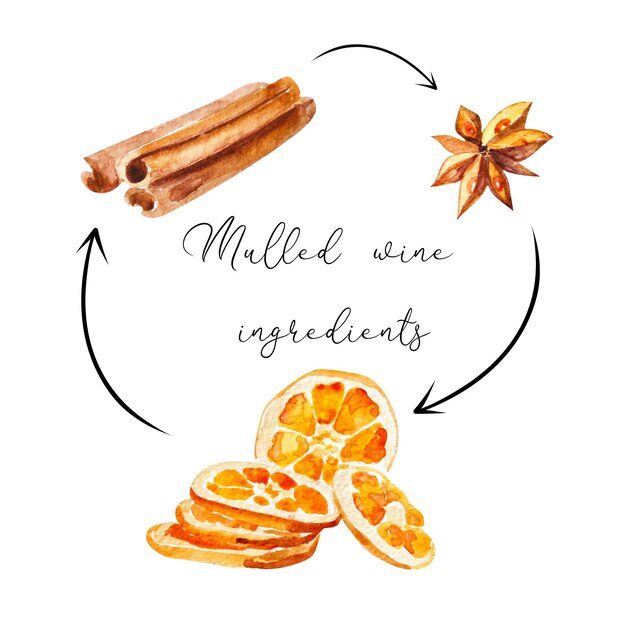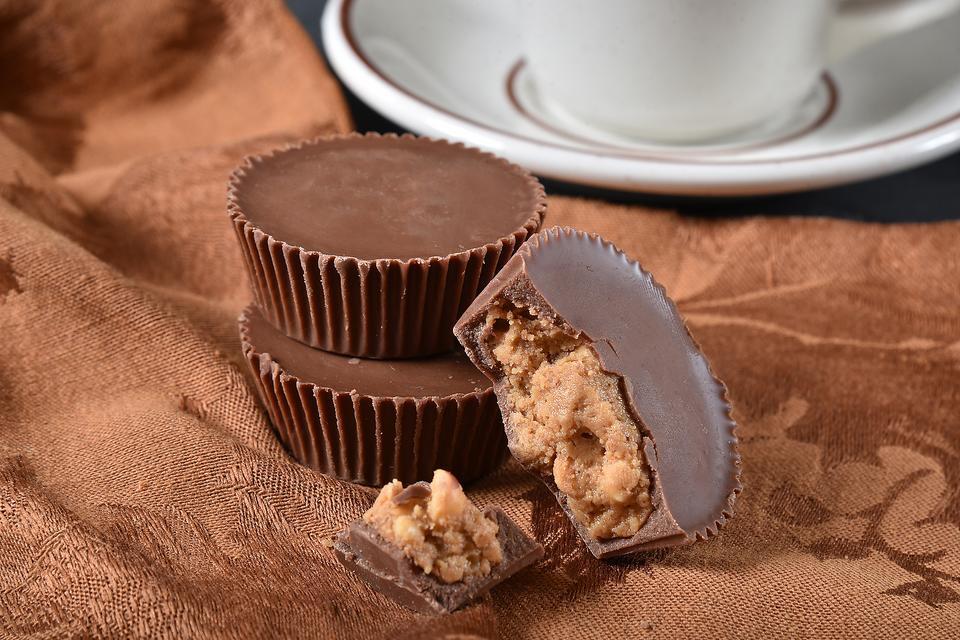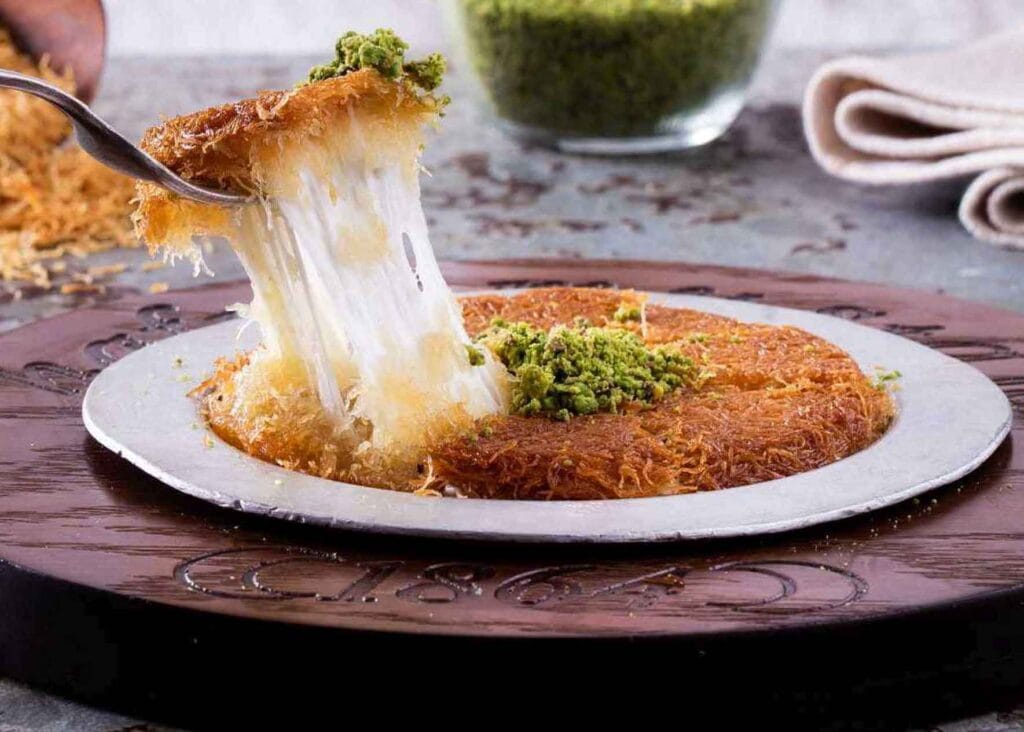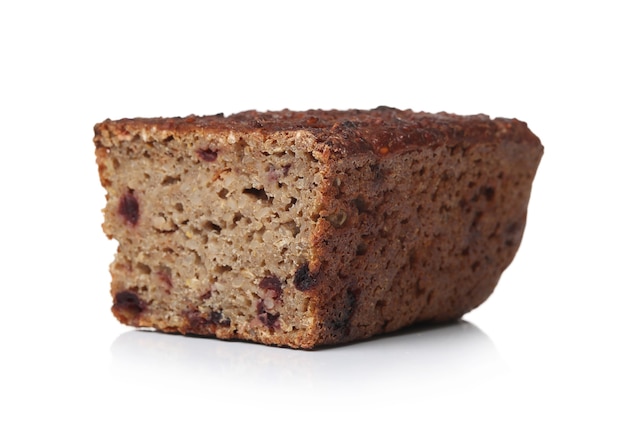Are you tired of spending countless minutes in the kitchen, painstakingly converting grams to cups for each ingredient? Look no further, as we have the ultimate solution to your kitchen woes. Introducing our comprehensive guide that unravels the mystery of converting weights to volumes, ensuring precision and consistency in all your culinary adventures.
Unlock the Secrets of Ingredient Measurements: With a wide array of ingredients being used in different recipes, it’s crucial to understand the conversion rates to achieve that perfect balance of flavors. Our conversion guide offers a simple yet effective way to seamlessly transition between grams and cups, allowing you to effortlessly follow any recipe with confidence.
Master Every Recipe with Ease: Baking that delectable cake or preparing a savory sauce should be a joyous experience, not a hassle. Our conversion chart empowers you to adapt any recipe to your preferred measurements, serving as the ultimate companion for culinary enthusiasts and aspiring chefs alike. With just a quick glance, you can effortlessly switch between these essential units, elevating your culinary skills to new heights.
Embrace Precision and Consistency: Accurate ingredient measurements are crucial in achieving consistent results in the kitchen. Our conversion chart takes the guesswork out of the equation, providing you with precise ratios for every ingredient you desire. Whether you’re a seasoned chef or a beginner, you can now confidently embark on your culinary journey, knowing that your measurements will always yield perfection.
Flour
In this section, we will explore the various measurements and conversions related to flour. Flour, which is a powder made from grinding grains, is an essential ingredient in baking and cooking. Understanding the correct measurements of flour can greatly impact the outcome of your recipes, resulting in wonderfully light or disappointingly heavy baked goods.
Measuring Flour
When it comes to measuring flour, it’s important to note that the weight can vary depending on how it is packed. The most accurate way to measure flour is by using a kitchen scale to weigh it in grams. However, if you don’t have a scale, the most common method is measuring by volume using cups. Remember to spoon the flour into the cup and level off the top to ensure an accurate measurement.
Converting Flour Measurements
If a recipe calls for a specific weight of flour in grams, but you only have measuring cups on hand, it’s helpful to know the conversion factors. For example, 1 cup of all-purpose flour weighs approximately 120 grams, while 1 cup of bread flour weighs about 130 grams. These conversions can be handy when adapting recipes or working with international measurements.
Additionally, it’s worth noting that the type of flour can affect its density. For instance, whole wheat flour is denser than all-purpose flour, so the conversion factor may differ. It’s always best to refer to a reliable conversion chart or consult a trusted recipe source when dealing with specialty flours.
By understanding the measurements and conversions associated with flour, you can confidently navigate various recipes and achieve consistent results in your baking and cooking endeavors.
Sugar
In this section, we will discuss the measurements and conversions of sugar when it comes to cooking and baking. Sugar, an essential ingredient in many recipes, plays a crucial role in adding sweetness and enhancing flavors. Understanding the correct measurements of sugar can make a significant difference in the final outcome of your dish.
When it comes to measuring sugar, it is important to keep in mind that different types of sugar have different weights and volumes. This means that the conversion from grams to cups may vary depending on the type of sugar you are using. For example, granulated sugar tends to be lighter and more compact, while brown sugar is denser and may require more space when measured in cups.
To help you accurately measure sugar, we have provided a conversion chart that will guide you in converting grams to cups based on the type of sugar you are using. This chart will assist you in achieving the desired sweetness and consistency in your recipes. It is important to note that these measurements are approximate, and it is always recommended to use a kitchen scale for precise measurements, especially when it comes to delicate desserts and pastries.
So whether you are planning to bake a cake, whip up some cookies, or make a delicious sauce, understanding the measurement of sugar is essential for achieving the perfect balance of flavors. With the help of our conversion chart and the right measurements, you can confidently bring out the sweetness in your recipes and create mouthwatering dishes for your friends and family to enjoy.
Butter
When it comes to baking and cooking, butter plays an essential role in adding flavor, texture, and richness to various dishes. This section will provide you with the necessary information to convert grams to cups for butter, enabling you to measure the perfect amount for your recipes.
Understanding Butter Measurements
Before converting grams to cups for butter, it’s crucial to understand how butter is measured. In most recipes, butter is typically measured by weight using grams or ounces. However, some recipes might provide measurements in cups, tablespoons, or teaspoons.
Grams to Cups Conversion
Converting grams to cups for butter requires knowledge of the specific density of butter, which can vary slightly depending on its temperature and brand. Generally, for solid butter:
– 1 gram of butter is equivalent to approximately 0.0044 cups
– 100 grams of butter is equivalent to approximately 0.44 cups
– 200 grams of butter is equivalent to approximately 0.88 cups
Tips for Measuring Butter
When measuring butter, it’s essential to ensure accuracy for achieving the desired results in your recipes. Here are a few tips to help you measure butter effectively:
- Use a scale: To ensure precise measurements, it is recommended to use a kitchen scale to weigh the butter in grams accurately.
- Refer to the packaging: Butter often comes with measurements printed on the paper wrapper, which can be a convenient reference for converting grams to cups.
- Consider using markings: Some butter packages have pre-marked measurements on their sides. These markings can be used to measure specific amounts without the need for conversion.
By following these tips and referring to the conversion guidelines provided, you can effortlessly measure the right amount of butter for your recipes, ensuring the perfect balance of flavors and textures in your culinary creations.
Milk
When it comes to baking and cooking, milk plays a crucial role in adding moisture and flavor to various dishes. Whether you prefer whole milk, skim milk, or any other variety, understanding its conversion measurements can be helpful in achieving the desired consistency and taste in your culinary creations.
Milk Equivalents
- 1 cup of milk is approximately 240 milliliters
- 1 cup of milk is roughly equivalent to 16 tablespoons
- 1 cup of milk weighs around 245 grams
By knowing these conversions, you can easily adjust your recipes based on the specific amount of milk needed. Whether you are substituting milk with a dairy-free alternative or trying to achieve a creamier texture by using a different percentage of fat, these measurements will assist you in creating the perfect balance in your dishes.
Chocolate
Indulge in the rich and decadent world of chocolate, a beloved ingredient that adds a delightful touch to a variety of recipes. Whether you prefer the velvety smoothness of milk chocolate or the intense depth of dark chocolate, this section will provide you with a handy guide to convert grams to cups when measuring chocolate for your culinary creations.
The Versatile Delight
Chocolate is a versatile ingredient that can be found in many forms and varieties, such as cocoa powder, chocolate chips, or chocolate bars. Its distinct taste and aroma bring a touch of luxury and indulgence to both everyday treats and special occasions. From luscious cakes and cookies to creamy mousses and brownies, the possibilities with chocolate are endless.
A Precise Conversion
When it comes to converting grams to cups for chocolate, it’s important to have accurate measurements to ensure the perfect balance of flavors in your recipes. Utilizing the conversion chart provided, you can easily determine the equivalent cup measurements for a specified weight of chocolate. This will allow you to seamlessly follow recipes and create delectable chocolate-infused dishes without any guesswork.
Note: Remember that the density of different chocolate products may vary, so it’s always a good idea to double-check the accuracy of your measurements, especially when working with delicate recipes that require precise amounts of chocolate.
So whether you’re crafting a heavenly chocolate soufflé or preparing a batch of delectable chocolate chip cookies, this conversion guide will aid you in making the most of this beloved ingredient. Dive into the world of chocolate, and let its sweet allure elevate your culinary creations to new heights.
Nuts
The section below provides a comprehensive guide on the measurements and conversions of various types of nuts in relation to cups. Nuts are a nutritious and versatile food ingredient, commonly used in baking, cooking, and snacking. The information below will help you determine the equivalent cup measurements for different types of nuts, allowing you to easily incorporate them into your favorite recipes.
Almonds
Almonds are a popular type of nut that can be used in a variety of dishes, including salads, desserts, and savory recipes. Below is a table showcasing the approximate cup measurements for different weights of almonds:
| Grams | Approximate Cups |
|---|---|
| 30g | 1/4 cup |
| 60g | 1/2 cup |
| 90g | 3/4 cup |
| 120g | 1 cup |
Walnuts
Walnuts are known for their distinct flavor and are commonly used in both sweet and savory recipes. Here is a table that presents the approximate cup measurements for different weights of walnuts:
| Grams | Approximate Cups |
|---|---|
| 40g | 1/4 cup |
| 80g | 1/2 cup |
| 120g | 3/4 cup |
| 160g | 1 cup |
Remember, these measurements are approximate and can vary based on factors such as the size and density of the nuts. However, they serve as a helpful guideline when converting nut measurements from grams to cups for a more convenient cooking experience. Enjoy experimenting with nuts in your favorite recipes!
Questions and answers: How many grams in a cup
How do you convert cups to grams for dry ingredients like flour using the metric system?
To convert cups to grams for dry ingredients such as flour using the metric system, you will need to know the density of the ingredient you are converting because a cup of one substance can weigh differently from a cup of another. For example, one US cup of all-purpose flour typically weighs about 125 grams. To convert, you would multiply the number of cups by the weight of one cup in grams. If a recipe calls for 2 cups of flour, you would calculate it as 2 x 125 grams, which equals 250 grams. Using a converter or a kitchen scale for this purpose ensures accuracy, especially important in baking.
What is the difference between measuring liquids and dry ingredients when converting cups to grams?
When converting cups to grams, it’s crucial to differentiate between liquids and dry ingredients due to their varying densities. For liquids like water, milk, or oil, the weight can be more straightforward since one US cup of water is approximately equivalent to 236.59 grams. However, dry ingredients like flour or sugar vary in density, meaning the weight of one cup can differ. For example, while one cup of water weighs around 237 grams, one cup of flour may weigh about 125 grams, and one cup of sugar about 200 grams. Therefore, when converting cups to grams, always use specific conversion values for the ingredient in question or consult a reliable converter tool to ensure measurement accuracy.
Can you recommend a reliable online converter for converting cups to grams?
For those looking to convert cups to grams accurately, using a reliable online converter can be incredibly helpful. One highly recommended converter is the King Arthur Baking Company’s conversion tool, available on their website. This converter includes a comprehensive list of ingredients commonly used in cooking and baking, providing specific conversion data for each from cups to grams. It is particularly useful for baking where precision is crucial. Another great resource is the Traditional Oven conversion tool, which not only converts cups to grams but also offers conversions for many other units and ingredients. These tools can help simplify the process of using recipes from different countries that may use the metric system or the US customary system.
How many grams are in one cup of flour using standard cup measures?
One standard US cup of all-purpose flour weighs approximately 125 grams. This measurement applies when using dry measuring cups, which are specifically designed for ingredients like flour. The actual weight can vary slightly depending on factors such as the flour’s density and how much it is packed into the cup, but 125 grams is a commonly accepted standard for cooking and baking recipes.
What is the weight in grams for half a cup of butter?
Half a cup of butter typically weighs about 113 grams. In cooking and baking, it is crucial to measure butter accurately due to its significant impact on the texture and consistency of dishes. Measuring butter by weight (grams) instead of volume (cups) can help ensure precision in recipes, especially in baking where exact ratios are vital.
If you need to convert 240 grams of sugar to cups, how would you do it using a cups to grams converter?
To convert 240 grams of sugar to cups, you would use a conversion factor specific to sugar. Since the density of granulated sugar is about 200 grams per cup, you would divide 240 grams by 200 grams per cup, resulting in about 1.2 cups of sugar. Using a grams to cups converter online can provide a more precise conversion, especially for different types of sugar like caster or brown sugar, which may have slightly different densities.
When trying to convert from grams to cups for different baking ingredients, why is it important to consider the density of the substance?
It’s important to consider the density of the substance when converting from grams to cups because different ingredients have different densities, which affects how much they weigh per unit of volume. For instance, a cup of feathers will be much lighter than a cup of lead pellets. In the context of cooking and baking, understanding the density is crucial because it determines how ingredients will interact in a recipe. For example, sifted flour is less dense than unsifted flour, which can impact the texture of baked goods. Accurate conversions ensure that the intended ratios of ingredients are maintained, which is critical for the recipe’s success.
What should you keep in mind when using a cups to grams conversion table for liquid ingredients?
When using a cups to grams conversion table for liquid ingredients, remember that the weight per cup can vary significantly depending on the liquid’s density. For example, one cup of water weighs approximately 240 grams, but one cup of honey can weigh about 340 grams due to its higher density. Always ensure that the conversion table specifies the type of liquid ingredient, as the density of the substance dramatically influences the accuracy of the conversion. Additionally, note that liquid ingredients should be measured in containers designed for liquids to ensure precision, as the shape and size of the cup can affect the measurement when dealing with volume.
